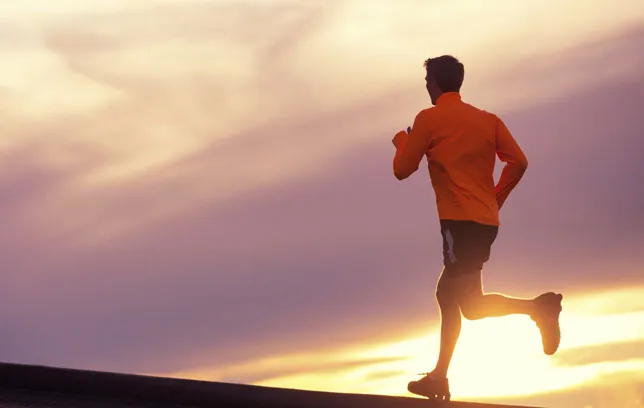The importance of physical fitness is taught to us from an early age. Working out regularly and staying active, benefits each part of our body, lowers the chances of heart attacks, decreases the rate of obesity and related issues, keeps us more energetic the whole day and improves our overall health. Recent studies show that benefits from running and exercising go beyond just the physical state of your body and also improves eyesight. Paul Williams, Ph.D., has been conducting a study on over 55,000 runners under National Runner’s Health Study for the last 20 years to understand how running affects other parts of the body. In his latest findings, he found out something interesting which connects eyesight to exercise. Throughout these years, Williams worked on different studies to strengthen his conclusion. Three separate studies were conducted in this regard – Two in ‘Investigative Ophthalmology and Visual Science’ and one in ‘Medicine and Science in Sports and Exercise’. Dr. Williams concluded that the risk of developing cataracts i.e. clouding of eye lens which is a by-product of aging seems to be much smaller in the runners as compared to non-runners. He believes, this is due to the fact that: more energy expenditure is inversely proportional to developing cataracts. Also, Aerobic exercise may reduce intraocular pressure (the fluid pressure behind the eye) leading to the reduction of glaucoma in runners. He also observed that faster a person ran, more prominent were the benefits relating to “dose response”. During his cataract research specifically, Williams found that participants whose energy expenditure from running was equivalent or averaging more than five miles a day had a 41% lower risk of developing cataracts. The fittest men boasted one-half the risk of developing cataracts compared to the least-fit men. There are several reasons that may help to explain why more active people in the study had the lowest risk of developing cataracts. One possibility is that many lifestyle-related conditions, such as Type 2 diabetes, hypertension, and obesity, have been linked to developing cataracts, and being physically active can pre-empt those conditions. Research at Emory University School of Medicine showed a link between exercise and the slowing of Macular Degeneration. Running has been shown to significantly increase the protective power of retinal neuron production. With millions of aging adults battling loss of eyesight each year, these statistics are a ray of hope towards a healthy vision, free of eye diseases. All these studies offer hope for people seeking to fend off the onset of eye diseases with preventive measures, not corrective. Whatever can be done to prevent these problems early are worth trying. As it turns out, running is a more cost effective, safer, and smarter way to protect and preserve your eyes.





